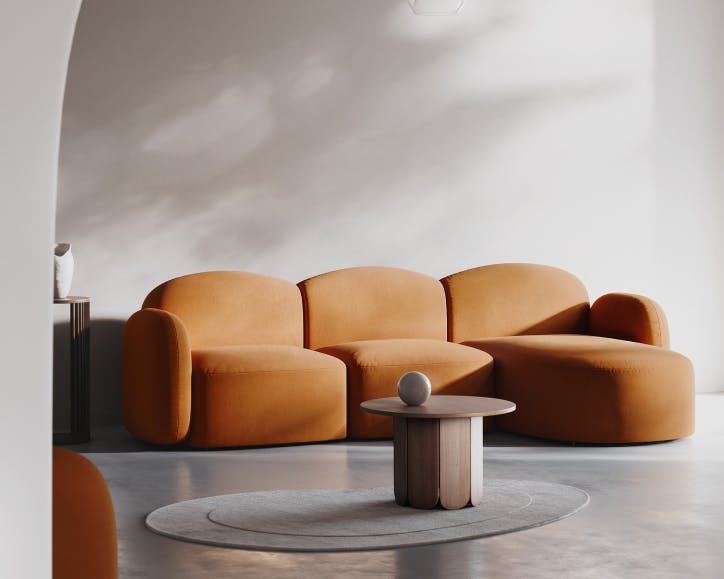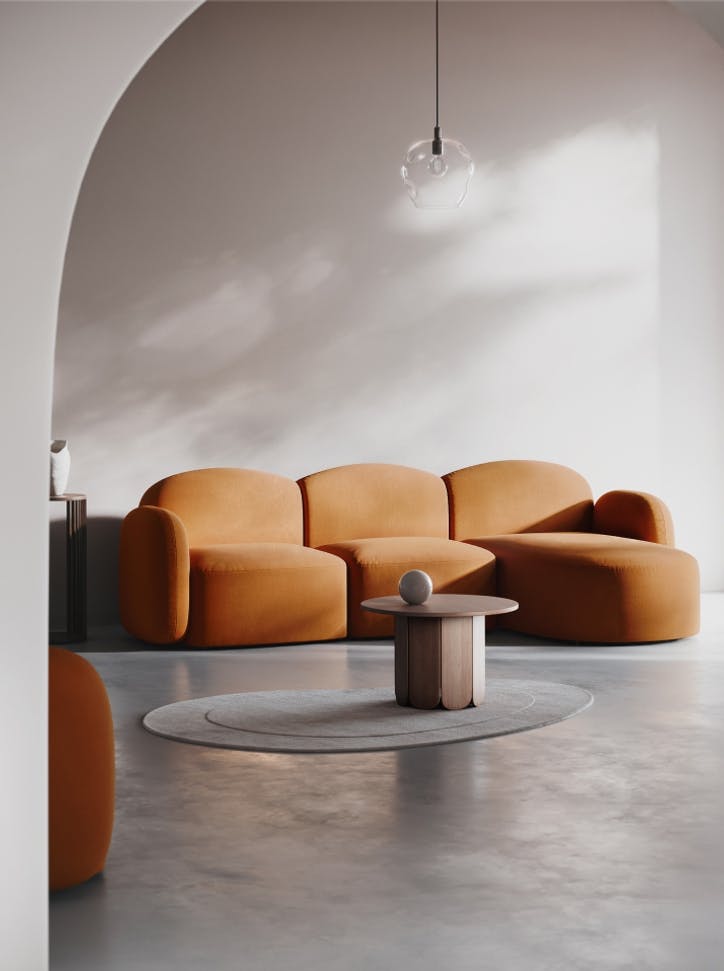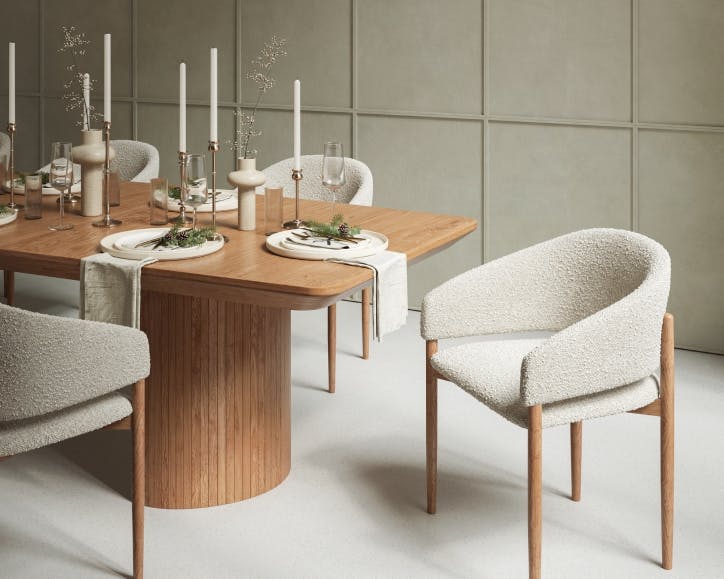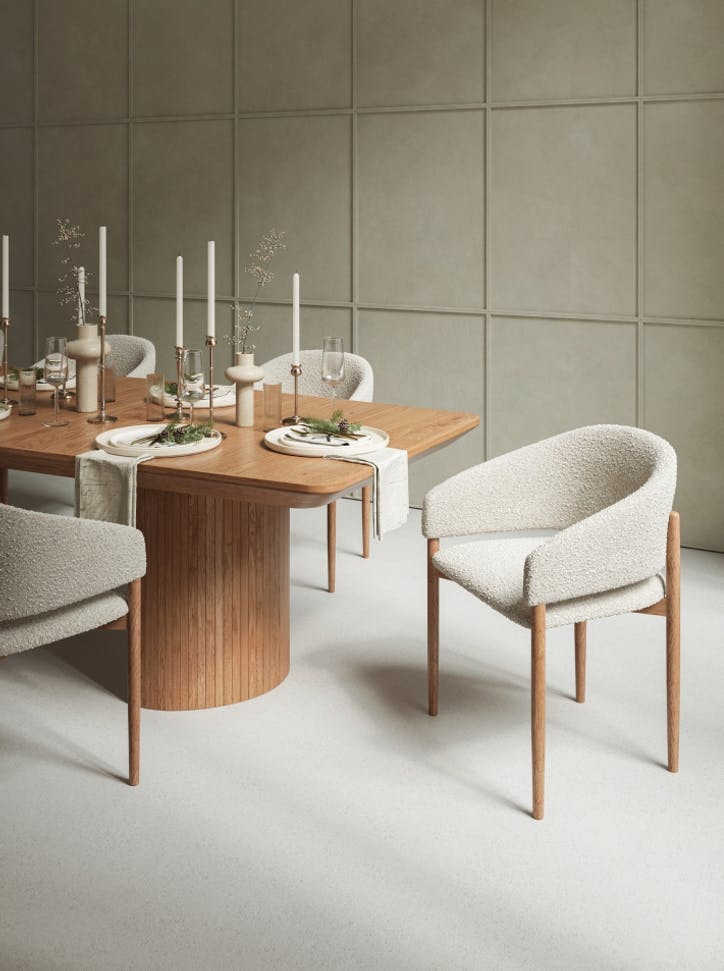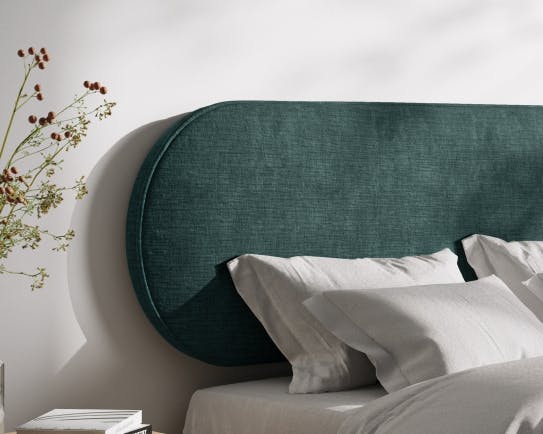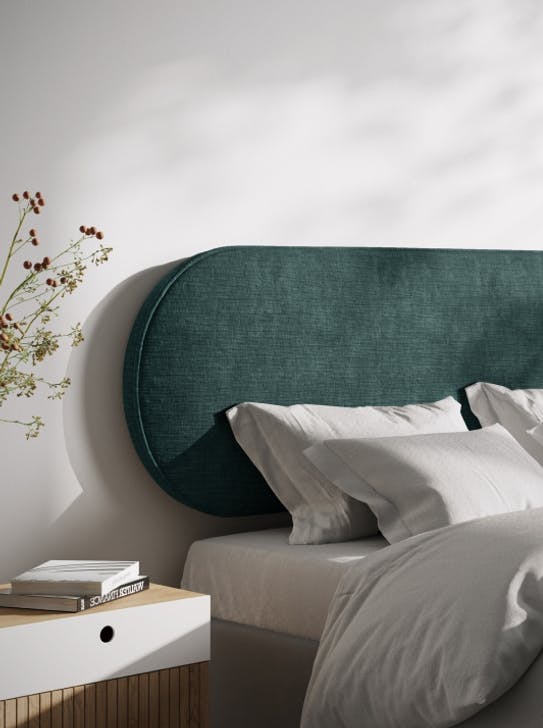
How Does The Martindale Test Work?
The test involves a comprehensive and specialized martindale machine that rubs a piece of wool or abrasive material against the tested fabric. This process is conducted under controlled conditions and the test simulates natural wear. The sample is continually rubbed in a circular motion, and the test runs until two yarn breaks occur or there is a noticeable change in the appearance. The number of cycles completed before the sample shows noticeable deterioration determines its durability.
This controlled rubbing process is designed to replicate the everyday wear and tear that textiles experience in real-life applications. The test conditions, including pressure, movement, and the type of abradant used, are standardized to ensure consistent and reliable results. By subjecting materials to this rigorous testing method, manufacturers can predict how well their products will perform over time and under different conditions.
What Are Martindale Cycles?
Martindale cycles refer to the number of times the abradant can pass over the fabric before it shows signs of wear. The higher the number of cycles, the more resistant it is to abrasion, suggesting a longer lifespan in practical applications.
Understanding Martindale cycles is crucial for evaluating textile durability. For example, a material that can withstand 20,000 Martindale cycles is considered more durable than one that only withstands 10,000 cycles. This metric allows consumers and professionals to compare products and choose the most suitable ones for specific purposes. For instance, a fabric used for a frequently used sofa in a busy household would benefit from a high Martindale cycle count, ensuring it maintains its appearance and integrity over time.
What does the rub test score mean?
The Martindale Test result is expressed in terms of cycles, and these numbers help categorize fabrics based on their suitability for various uses.
A score of 10,000 or less: Decorative use
Materials that score 10,000 cycles or less are best suited for decorative purposes. They are ideal for cushions or accents that are not frequently subjected to wear, such as throw pillows and curtains in low-traffic areas.
Decorative textiles are chosen for their aesthetic appeal rather than their durability. They add visual interest and enhance the overall design of a space. When selecting them, it's essential to consider their placement and usage to ensure they remain in good condition. For example, decorative pillows that are primarily for display can use materials with lower Martindale cycle counts since they won't be subjected to constant use.
10,000 to 15,000: Light domestic use
These fabrics are suitable for items that will receive light wear, such as furniture in seldom-used rooms. They can handle some contact but are not ideal for pieces subjected to daily use.
The most important in this category is a balance between durability and aesthetics. It's perfect for rooms that are used occasionally, such as guest rooms or formal living rooms. When selecting fabrics for light domestic use, consider the frequency of use and the type of interactions they will encounter. This ensures that the chosen one can withstand the expected wear and maintain its appearance over time.
15,000 - 25,000: General domestic use
Fabrics within this range are robust enough for general home use. They can be used for furniture in living rooms that receive regular use but not constant wear.
General domestic use textiles are versatile and suitable for various home applications. They offer a good balance of durability and comfort, making them ideal for frequently used living spaces. They can handle the everyday wear and tear of a typical household, ensuring that furniture retains its appearance and functionality over time. When choosing products for general domestic use, consider factors such as the type of activities that will take place in the room, the frequency of use, and the potential for spills or stains.
25,000 - 30,000: Heavy domestic use
These fabrics are designed to withstand heavy use, making them suitable for furniture in family rooms and other high-traffic areas. They offer more durability and can sustain more frequent interactions.
Heavy domestic use textiles are designed for areas that experience high levels of activity and interaction. They are robust and can withstand the rigors of everyday life in a busy household. They are ideal for family rooms, where furniture is frequently used by multiple people, including children and pets. When selecting products for heavy domestic use, it's important to consider their resistance to abrasion, staining, and fading. This ensures that they remain in good condition despite frequent use and potential exposure to spills and stains.
30,000 or more: Commercial use
Fabrics that exceed 30,000 cycles are typically reserved for commercial environments with significant wear and tear, such as public lobbies, office furniture, and hotel rooms.
Commercial-use textiles are engineered for maximum durability and performance. They are designed to withstand the high levels of abrasion typical in commercial settings, such as offices, hotels, and public spaces. They need to be exceptionally robust to maintain their appearance and functionality under constant use. When choosing materials for commercial use, it's important to consider additional factors such as fire resistance, ease of cleaning, and compliance with industry standards. This ensures that they not only meet durability requirements but also adhere to safety and maintenance standards.
Is The Martindale Upholstery Fabric Rating Enough?
While the Martindale rating indicates a durability, it is not the sole factor to consider when assessing its overall quality and suitability. Other factors such as colorfastness, shrinkage, elasticity, and texture also play critical roles in determining a fabric's appropriateness for specific applications. Therefore, while the Martindale Test is a valuable tool for assessing abrasion resistance, it should be considered alongside other tests and
characteristics to make well-informed decisions about textile use.
Colorfastness refers to a material's ability to retain its color when exposed to various conditions, such as washing, sunlight, and abrasion. A fabric with poor colorfastness may fade or bleed, leading to a less appealing appearance and reduced longevity.
Shrinkage measures how much a textile changes in size after washing and drying. Fabrics that shrink significantly may not fit properly after laundering, affecting their appearance and usability.
Elasticity indicates an ability to return to its original shape after being stretched or compressed. Fabrics with good elasticity are more comfortable to use and maintain their shape over time.
Texture encompasses the feel and appearance, which can affect the fabric suitability for different applications. For example, a rough texture may not be ideal for upholstery in a living room, while a smooth, soft texture might be preferred.
Considering these factors in addition to the Martindale test score ensures a more comprehensive evaluation of a material's performance and suitability for specific uses. This holistic approach helps consumers and professionals make better-informed decisions when selecting fabrics for various applications.
Guide to Fabric - Additional Considerations for Fabric Selection
When selecting them, it's essential to consider not only their durability but also their environmental impact, maintenance requirements, and overall cost. Here are some additional factors to keep in mind.
Environmental Impact
Consider the sustainability of the fabric, including the materials used, manufacturing processes, and potential for recycling. Eco-friendly
yarns, such as organic cotton, recycled polyester, and natural fibers like linen and hemp, are increasingly popular for their reduced environmental footprint.
Maintenance Requirements
Evaluate how easy it is to care for the fabric. Some of them require special cleaning methods or treatments, while others are machine-washable and low-maintenance. Choosing material that align with your lifestyle and maintenance preferences can save time and effort in the long run.
Overall Cost
While durability is a key factor, the overall cost of the fabric, including initial purchase price and long-term maintenance costs, should also be considered. Higher-quality products may have a higher upfront cost but can offer better value over time due to their longevity and reduced need for replacement.
Aesthetic Compatibility
Ensure that the fabric complements the overall design and aesthetic of the space. Consider factors such as color, pattern, texture, and how it interacts with other elements in the room.
By taking these additional considerations into account, you can make well-rounded decisions that balance durability, sustainability, maintenance, cost, and aesthetic appeal.
Practical Tips for Fabric Selection
To help you apply the information from the Martindale Test and other considerations, here are some practical tips for selecting fabrics.
- Assess Usage Needs: Determine the primary use of the fabric and the level of wear and tear it will be subjected to. For high levels of everyday use, choose the material with higher Martindale rub score. For decorative purposes, focus on aesthetics with lower cycle counts.
- Consider Fabric Blends: They can offer a combination of desirable properties, such as durability, comfort, and ease of maintenance. For example, a blend of natural and synthetic fibers can provide the best of both worlds.
- Test Samples: Before making a final decision, request fabric samples and test them in the intended environment. This allows you to see how it looks and feels in the actual setting and ensures it meets your expectations.
- Consult Professionals: When in doubt, seek advice from professionals such as interior designers, upholsterers, or textile experts. They can provide valuable insights and recommendations based on their experience and expertise.
- Balance Function and Style: Strive to balance functionality and style. While durability is important, the fabric should also enhance the overall look and feel of the space.
By following these tips and leveraging the insights from the Martindale Test and other characteristics, you can confidently select fabrics that meet your needs and enhance your living or working environment.
Results of the Martindale Test and other textile testing
The Martindale Test is an essential tool for evaluating abrasion resistance of fabrics, providing valuable information that helps consumers and professionals make informed decisions about textile selection. However, it is important to consider the Martindale rating alongside other factors such as colorfastness, shrinkage, elasticity, and texture to get a comprehensive understanding of a material's overall quality and suitability for specific applications.
By taking a holistic approach to fabric evaluation and considering additional factors such as environmental impact, maintenance requirements, and cost, you can select upholstery that meets your durability needs and align with your aesthetic preferences and lifestyle. Whether choosing fabrics for furniture, draperies, or clothing, the insights gained from the Martindale Test and other considerations will help you make well-informed decisions that ensure longevity, performance, and beauty in your chosen textiles.
Magazine edition
Exclusive Micadoni magazineWhat is The Most Durable Couch Fabric
When buying a couch you should pay extra attention to the durability of the upholstery material. It is not so much a matter of aesthetics, but more of practicality, especially if you plan on using the...
Materials and Care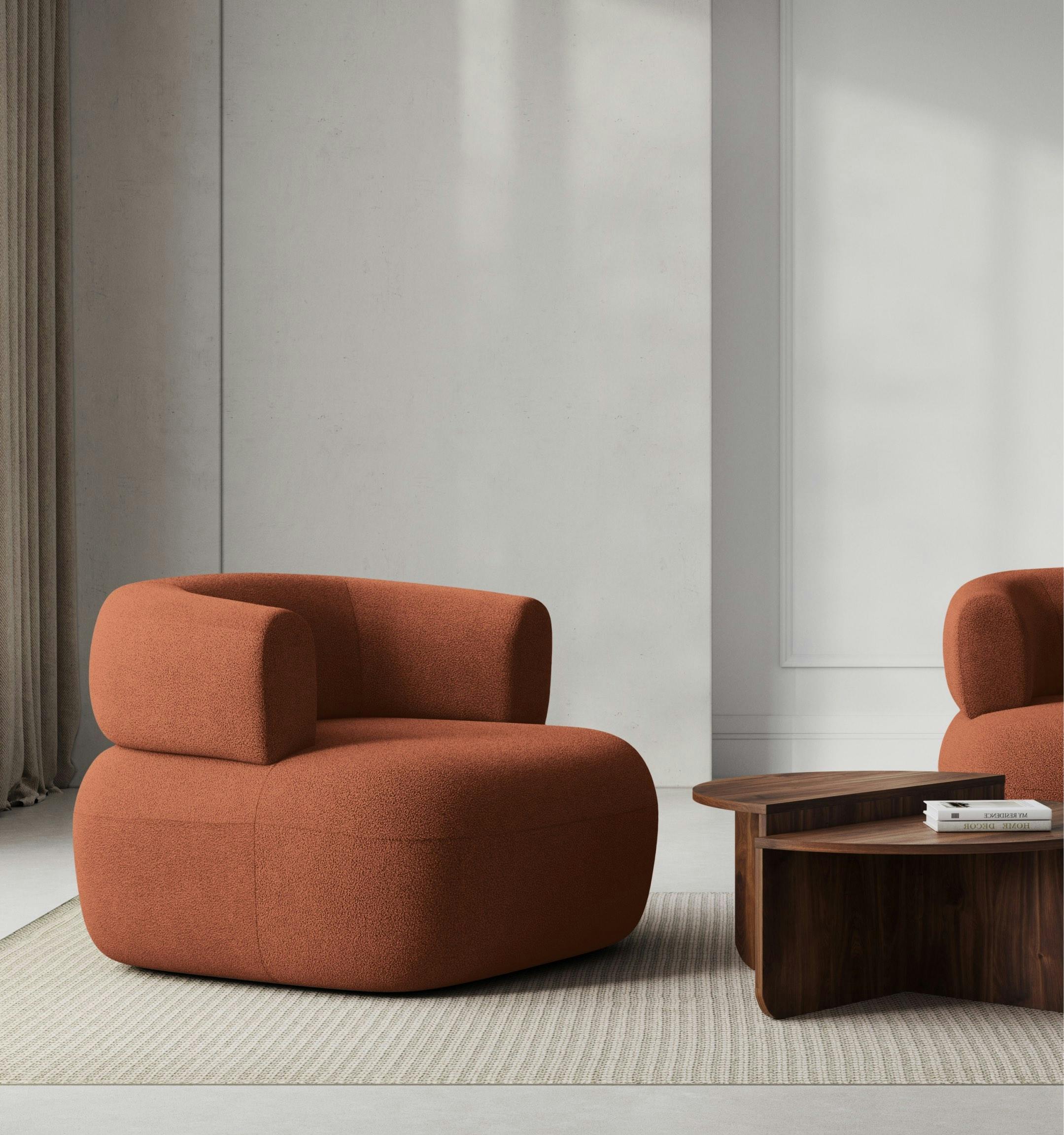
What Makes a Sofa Luxurious? 5 Essential Qualities
Luxury furniture is not a common and cheap product, which means that not everyone can afford it. This limited access makes them something from the realm of dreams for many. A luxury living room sofa s...
Living Room
